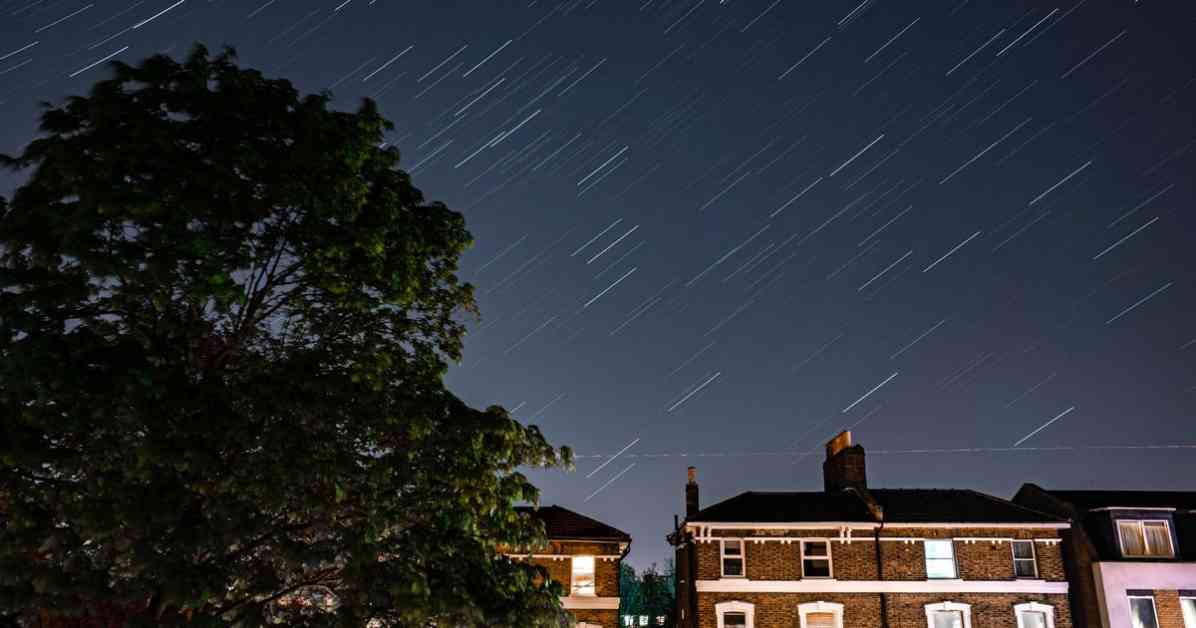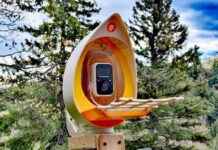Stargazers have a chance to witness the spectacular Orionid meteor shower this weekend. The Orionids are one of the most reliable meteor showers in the annual calendar and can be seen from all around the world. In 2024, the Orionid meteor shower will be active from October 2 to November 7, but the best time to watch is overnight on Sunday. The peak of the meteor shower is expected on the night of October 21-22 between midnight and dawn, with visibility possible for several days before and after this date, according to the Royal Museums Greenwich.
However, the waning Hunter’s supermoon, which reached its peak earlier this week, may hinder viewing conditions. Experts suggest that watching from home might be the best option as the bright moonlight could significantly impact the visibility of the meteor shower. The American Meteor Society warns that the moonlight will “severely hamper” views of the Orionids this year.
The Orionid meteor shower is special because the meteors are actually pieces of Comet 1P/Halley, also known as Halley’s Comet. The comet passes by the Earth only once every 75-76 years, with its last appearance in 1986 and the next one expected in 2061. As the comet travels around the sun, it leaves behind tiny debris, which enters the Earth’s atmosphere at incredibly high speeds, creating the beautiful streaks of light known as meteors. NASA describes the Orionids as one of the most stunning meteor showers of the year due to their brightness and speed.
The Orionid meteor shower typically occurs in late October and usually peaks around the 21st of the month. While the best time to watch the Orionids in 2024 is on October 21-22, the shower lasts for about a week around this date, providing ample opportunities to catch a glimpse of up to 20 meteors per hour at its peak.
To watch the Orionid meteor shower, find a comfortable chair to sit on and dress warmly as you may be outside for an extended period. The Royal Museums suggest that the meteors can be seen with the naked eye, so there is no need for binoculars or a telescope. However, it is important to allow your eyes to adjust to the darkness. Although the waning gibbous moon may impact visibility this year, the shower lasts for over a month, giving you a chance to spot meteors throughout its duration.
For the best viewing conditions, choose a safe location away from street lights and other sources of light pollution. The meteors can be seen in all parts of the sky, so being in a wide open space where you can scan the night sky with your eyes is ideal. If you follow the paths of the meteors, they appear to originate from the constellation of Orion. So, grab a blanket, head to a dark sky location, and enjoy the celestial show of the Orionid meteor shower this weekend.













